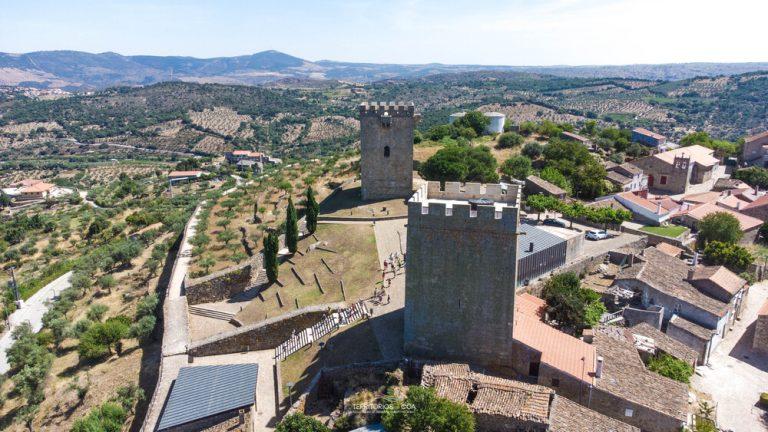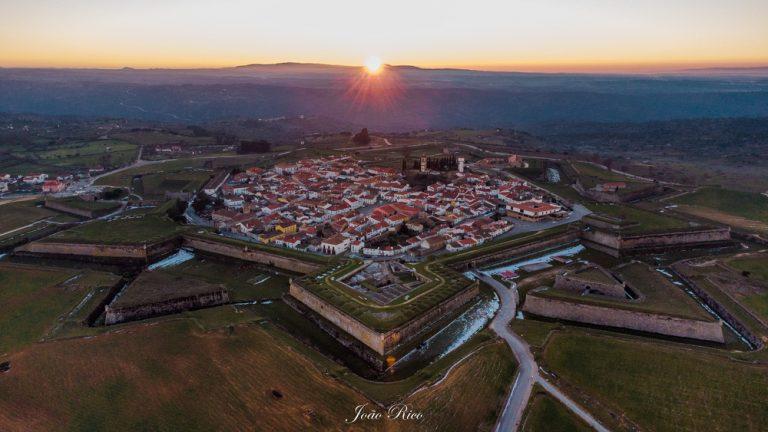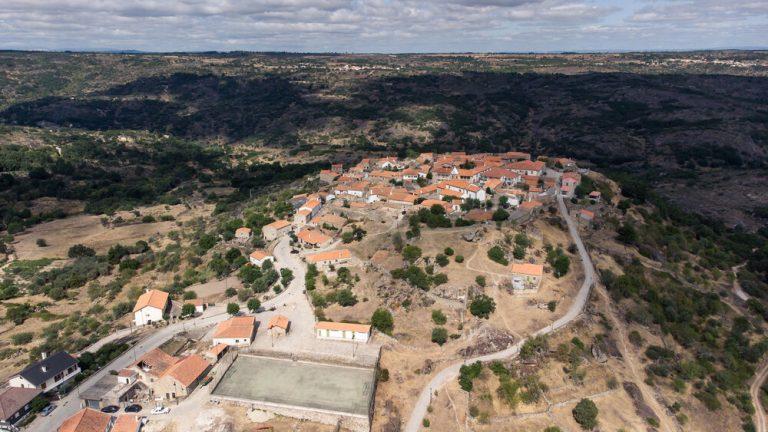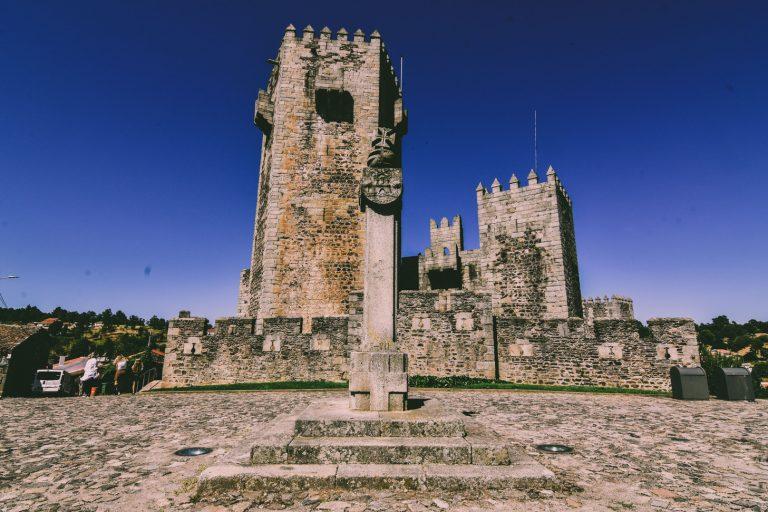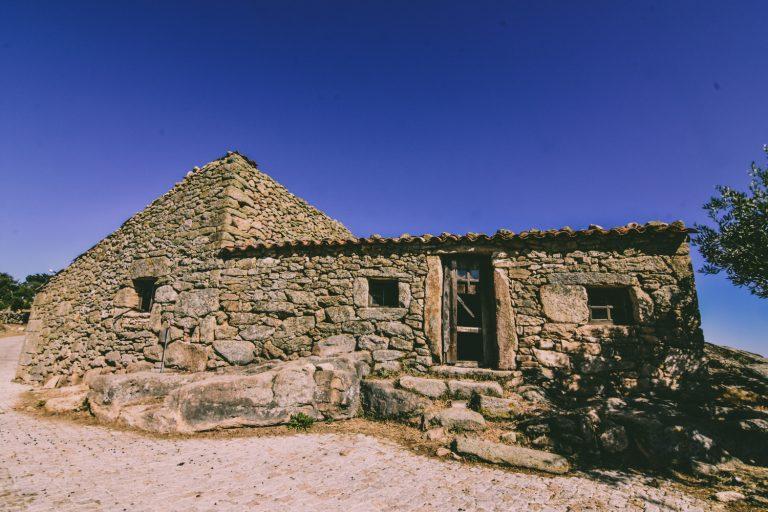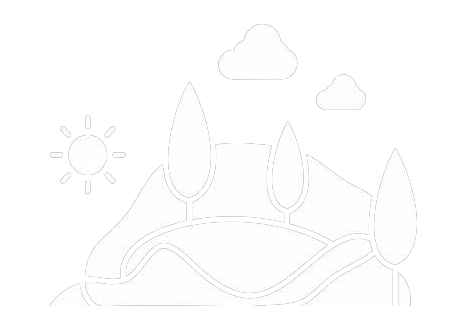Quem somos O endereço do nosso site é: https://granderotadocoa.pt/ Comentários...
Ver MaisRio Côa, caminhos com história.
A Grande Rota do Vale do Côa é um trilho de 200 km, linear, que acompanha o percurso do rio Côa, desde a nascente (em Fóios, Sabugal) à foz (Vila Nova de Foz Côa).
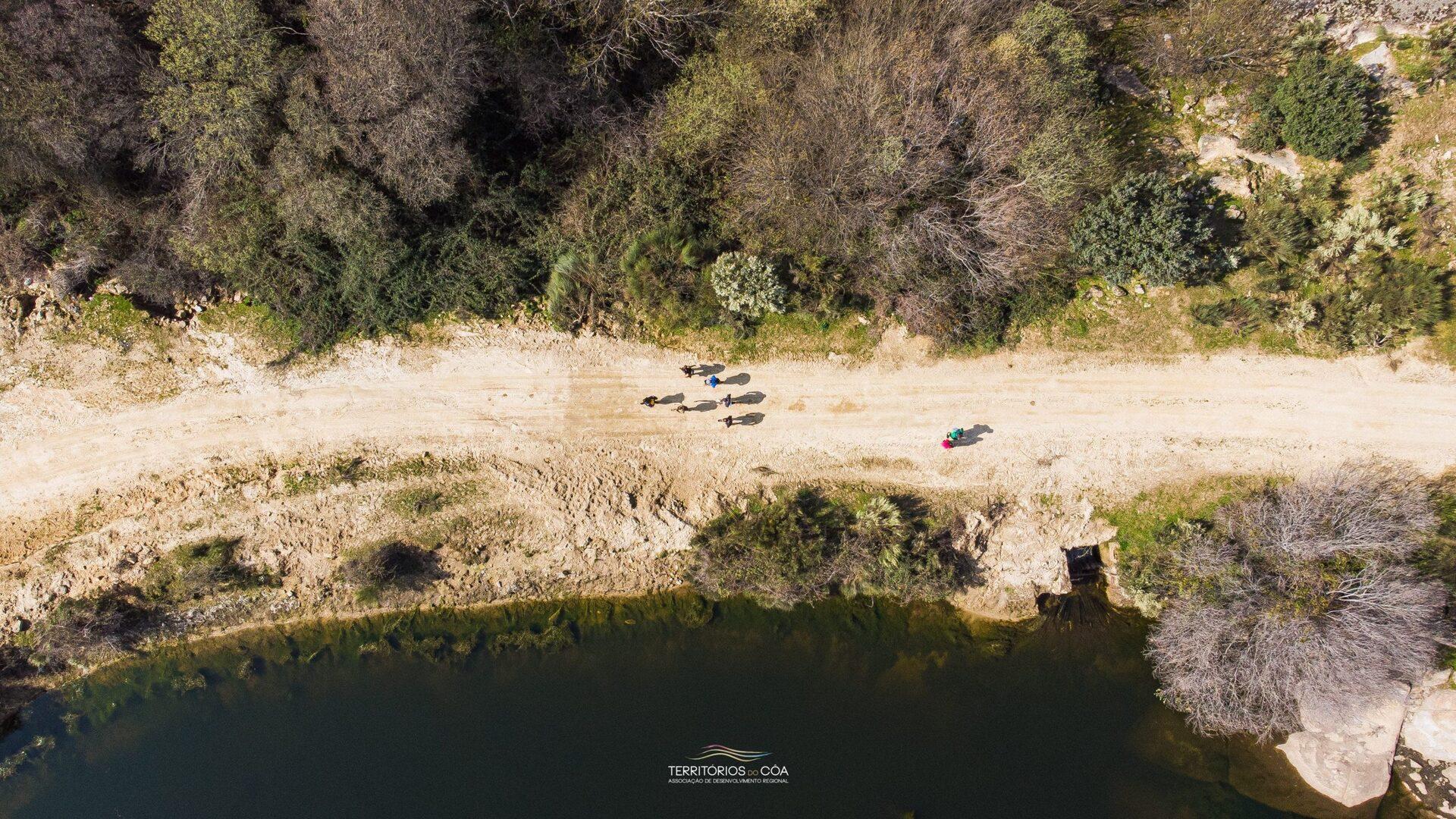
- Todas
- Paisagem
- Pessoas
- Marcas
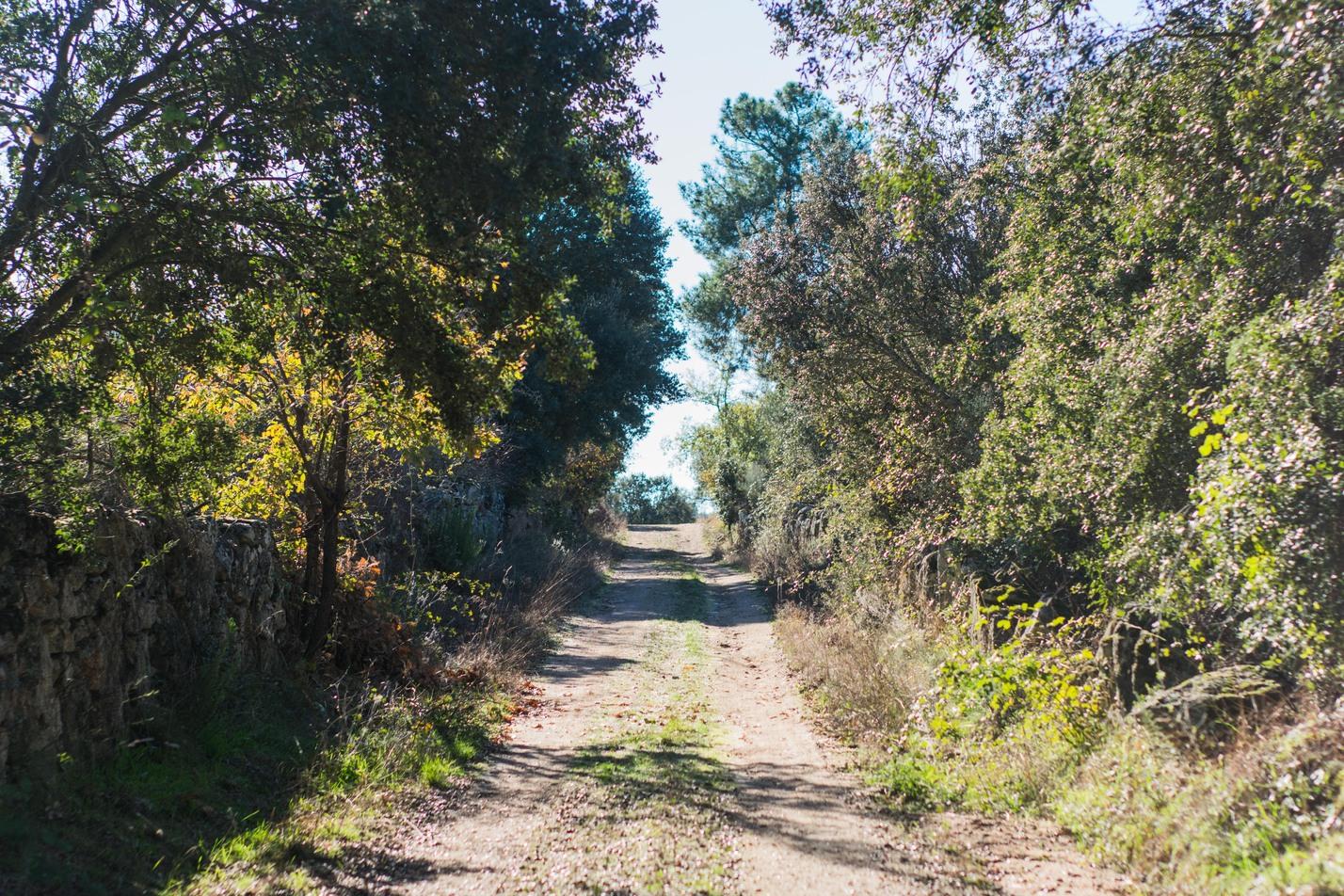
Troço da GR45
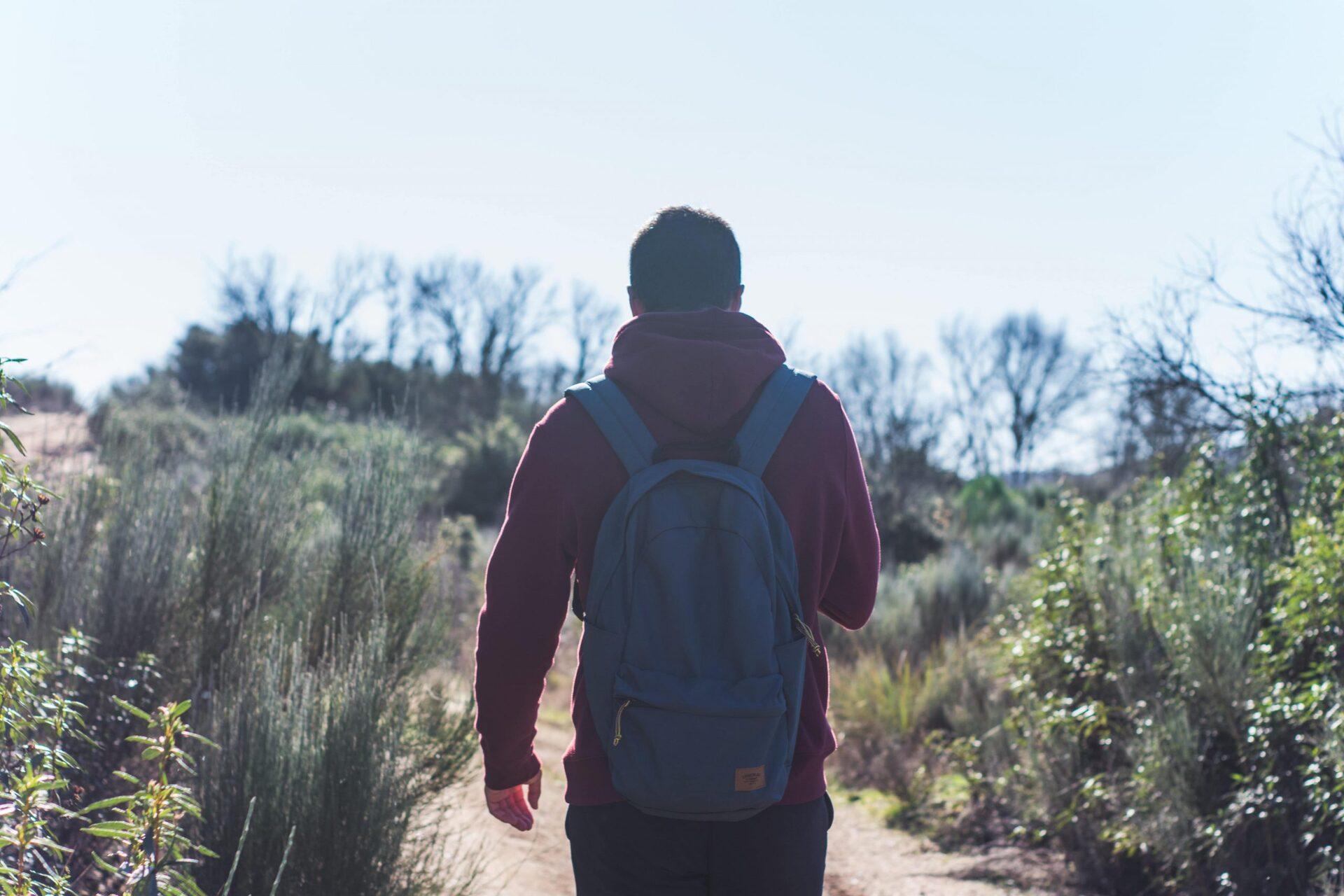
Caminhante a percorrer a GR45
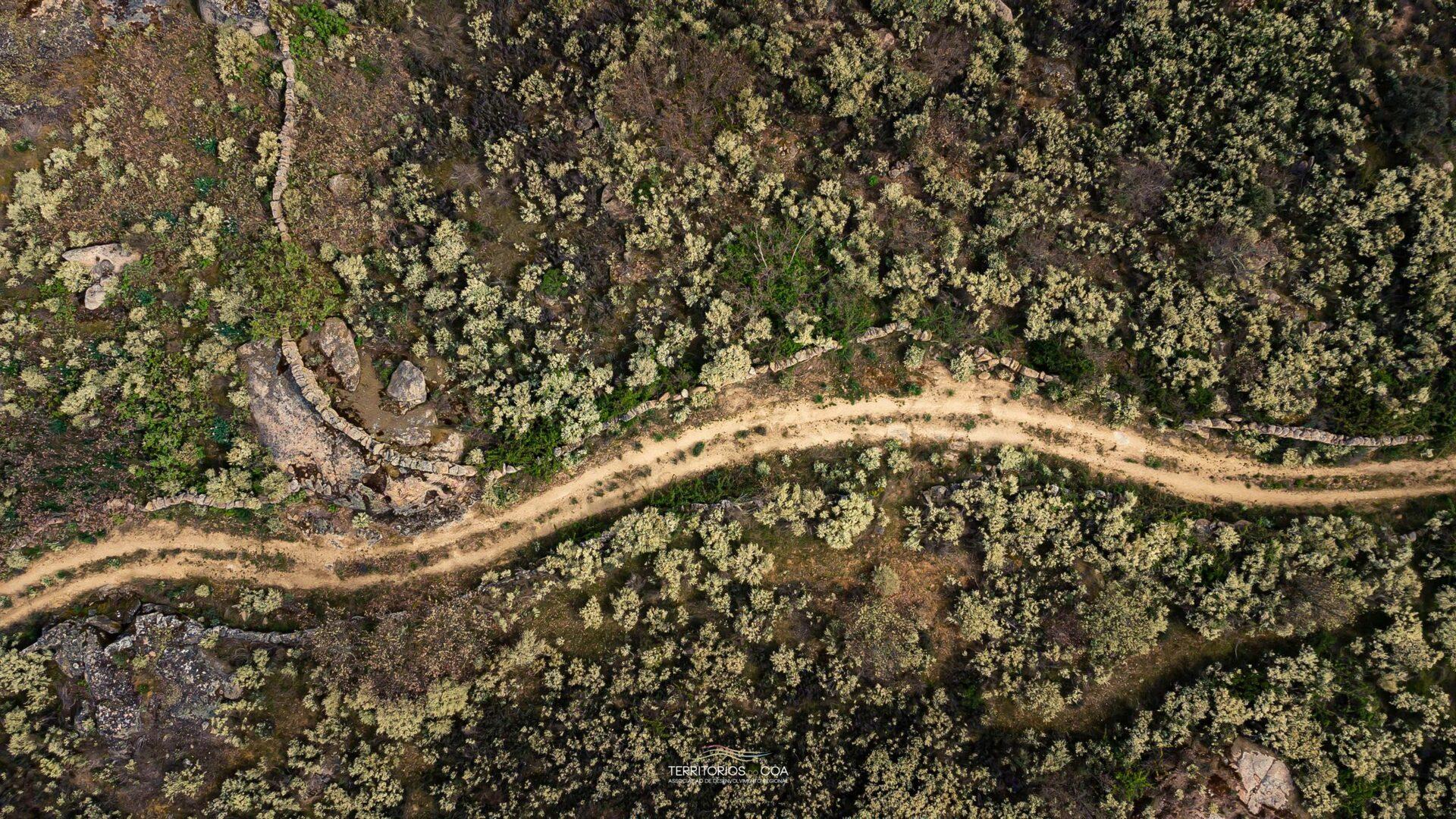
Troço da GR45

Caminhantes a percorrer a GR45
Ebook 'Os Últimos'
Aproveite este Ebook escrito por Sandra Nobre sobre a Grande Rota do Vale do Côa.
A Equipa

Dulcineia Moura
Coordenadora

Patrícia Ferreira
Técnica de Gestão e Administração

Diogo Silva
Técnico de Comunicação e Multimédia
0
Rio
0
Modalidades
0
Municípios
0
KM
Testemunhos
Testemunhos pessoais de quem já passou por esta inigualável rota.
«Coa, vi-te nascer pequenino, percorri as tuas margens jovens e depois adultas, inúmeras vezes te passei, lavei a cara e me refresquei. Contigo conheci sítios Maravilhosos, com paisagens inesquecíveis, serras, barragens pontes, aldeias e pessoas e com elas histórias incríveis, umas mais míticas, outras verídicas. Histórias de contrabando e fronteiras, histórias de Castelos e Bispos. Histórias de figuras rupestres. Histórias de pessoas... compreendi a desertificação do interior a dificuldade de quem fica... o porquê de ter sido sempre tão bem recebido. Nas tuas margens percebi porque são tão belas as flores das Amendoeiras. Tu de margens fortes, que em tempos fizeste fronteira de dois Reinos...Tu que no fim fizestes-me perder de vista ao juntares-te ao Douro...Coaste-me a Alma!»
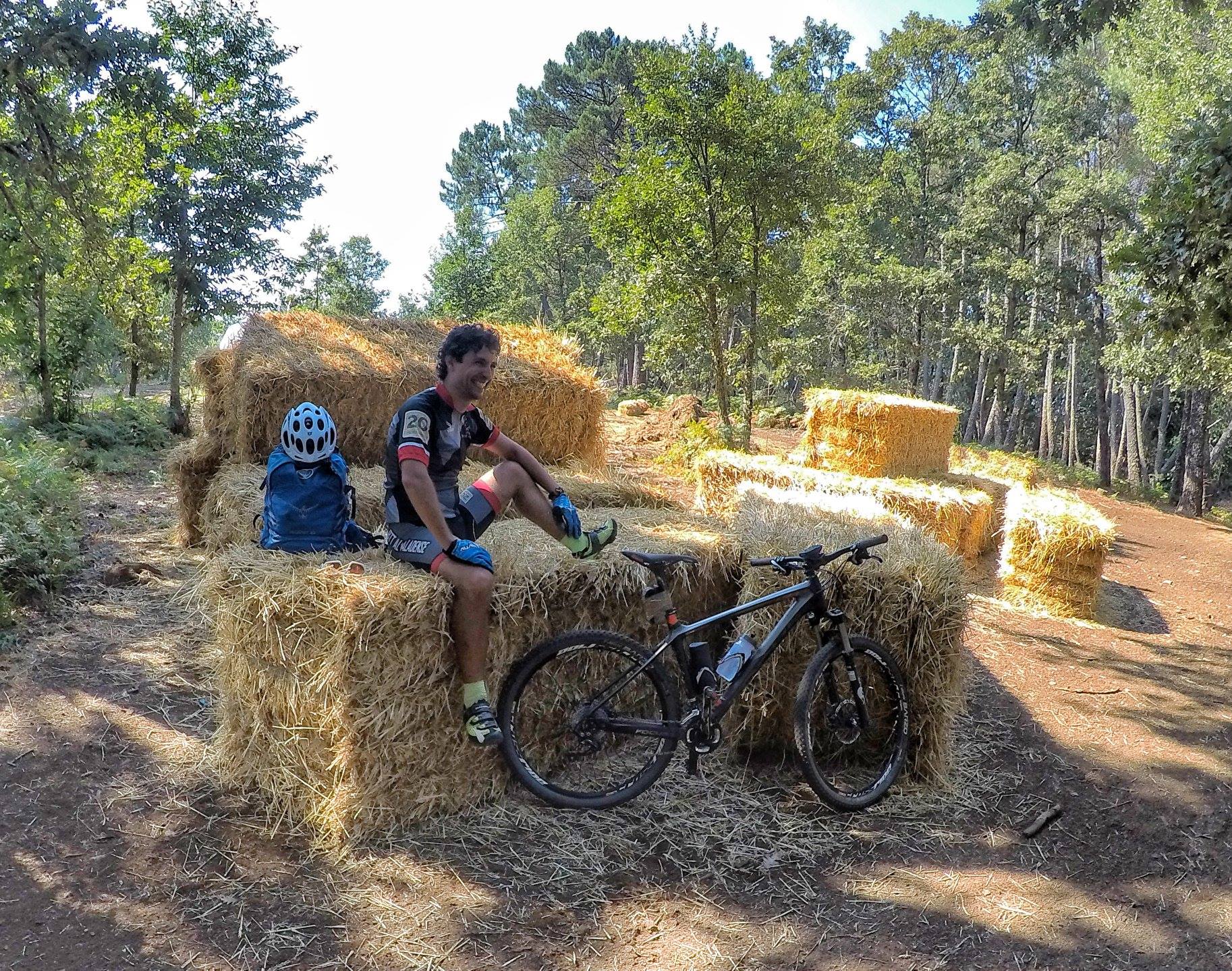
Hugo Brás
Desde a Serra das Mesas até Foz Côa, fiquei impressionado com tanta beleza, de tempos em tempos volto lá. Recomendo.
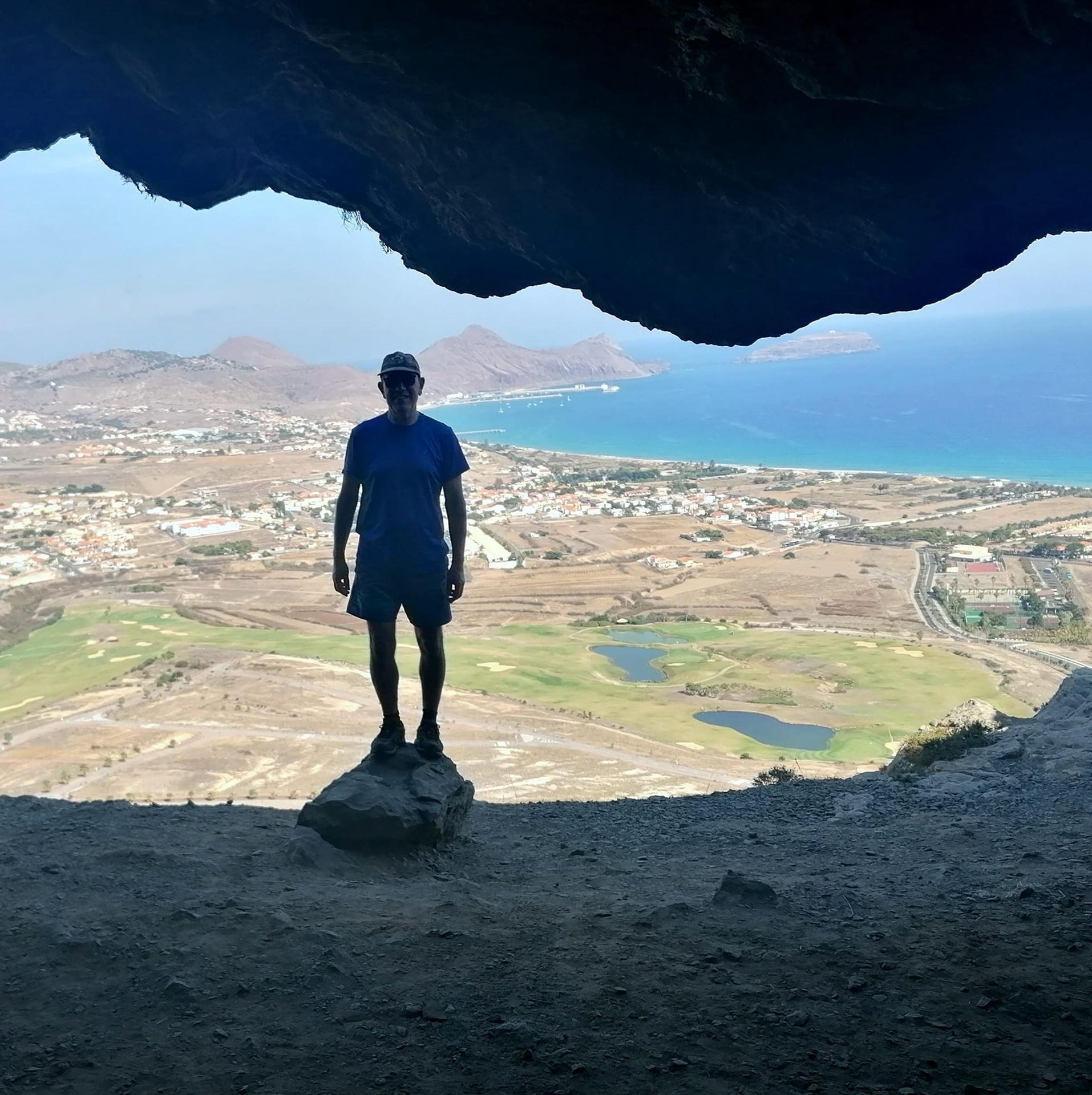
João J. Fonseca
Uma pessoa simplesmente simples.
